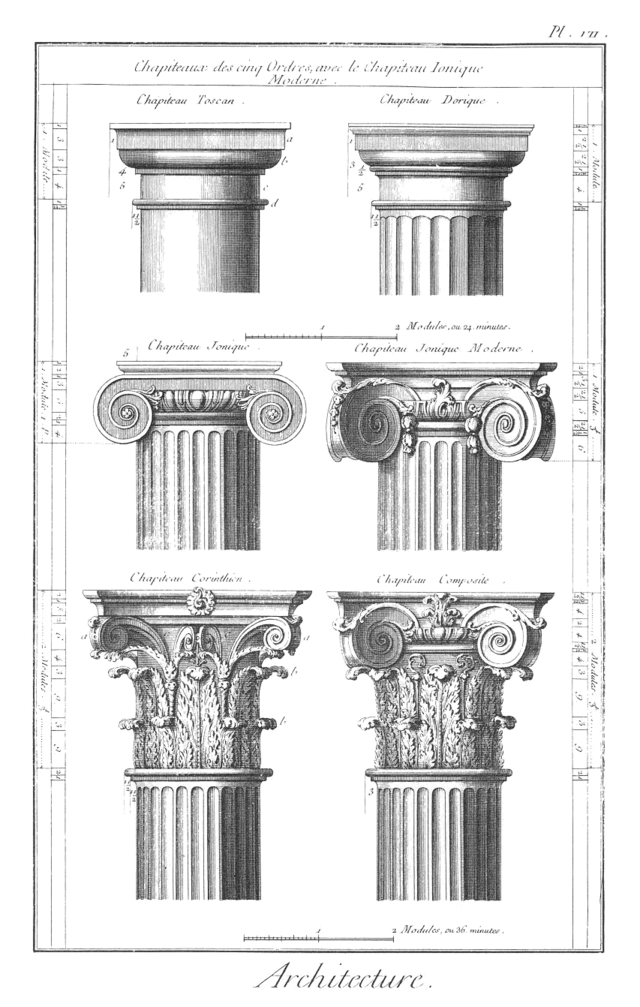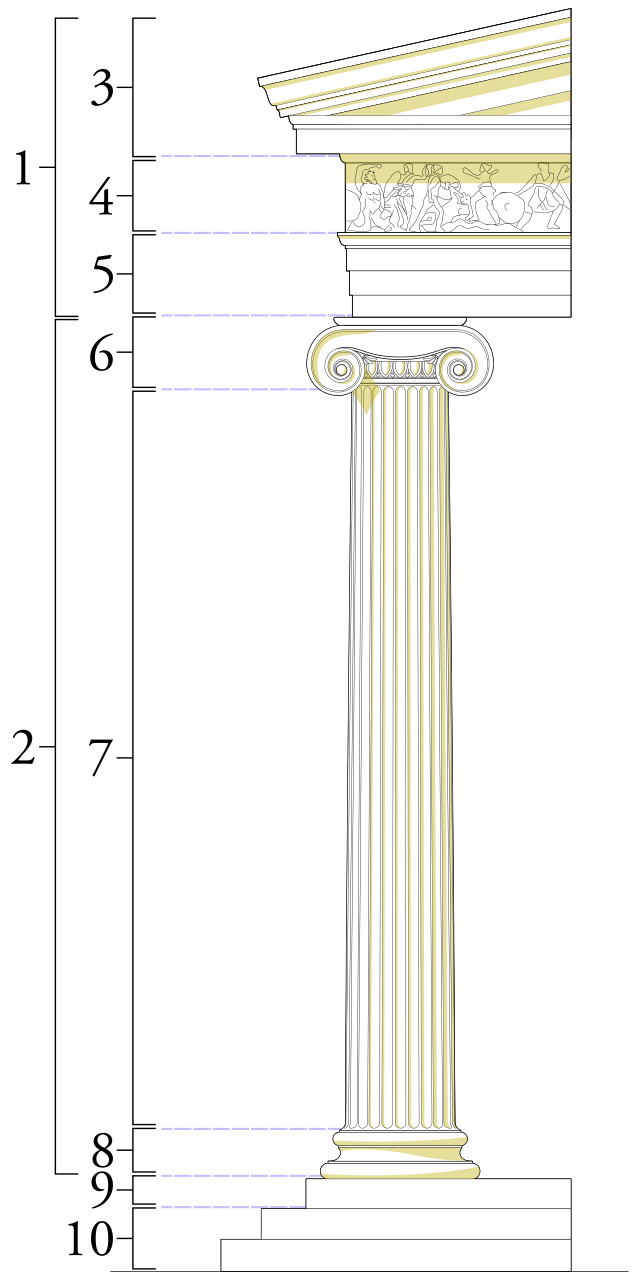Today I am working on CADing typical Tuscan columns, pediments, and entablatures for a project in a nearby town. One of the first things I remembered learning about in art history was about columns and orders. Ancient Greeks and Romans were brilliant when it came to architecture, and I just love the way we still use their methods and proportions to this day. They used proportion and scale to design and construct structures that are still in existence to this day. They have weathered centuries- it's amazing!
The 5 classic types of columns are:
Doric- Think Greek Parthenon. This is the most simple order.
 |
| ihmconference.org |
 | |
| I took this picture of the Parthenon in 2006! Feels like yesterday! |
Ionic-
Corinthian- My personal favorite, and not to be confused with the Grecian Parthenon, the Roman Pantheon showcases the Corinthian order.
 |
| accomodationsrome.com |
While the first three orders are the most classic, the Tuscan and Roman composite orders are still widely known and used.
Tuscan- My day-
Roman Composite -
 |
| The bottom right picture is a perfect illustration of a Roman composite column. (wikipedia) |
Sometimes it can be so easy to forget what a huge impact the Romans and Greeks had on our lives everyday. It's fun to have a reason to go back to images moulding pieces and the way they fit together to create something so lovely. A reason to go back through my Italy pics was worth it, too!
 |
| Taormina, Sicily |


